Mythology
-
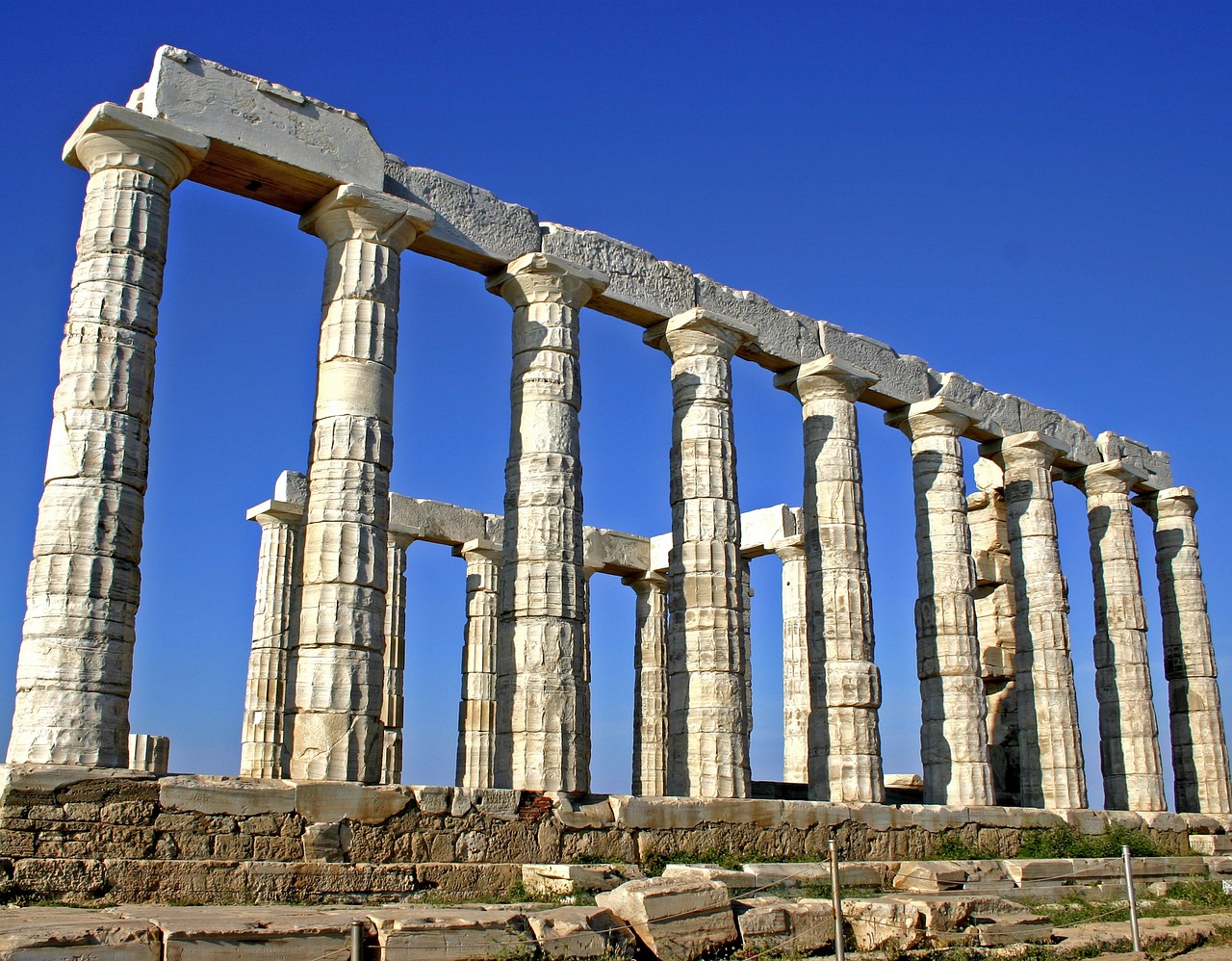
Poseidon: The Olympian God of the Sea Poseidon, a prominent figure among the Olympian gods, was revered as the god of the sea, earthquakes, floods, droughts, and horses. He is typically depicted as a robust, mature man, sporting a dark beard and wielding a trident, a three-pronged spear used by fishermen. Myths Surrounding Poseidon Poseidon’s…
-
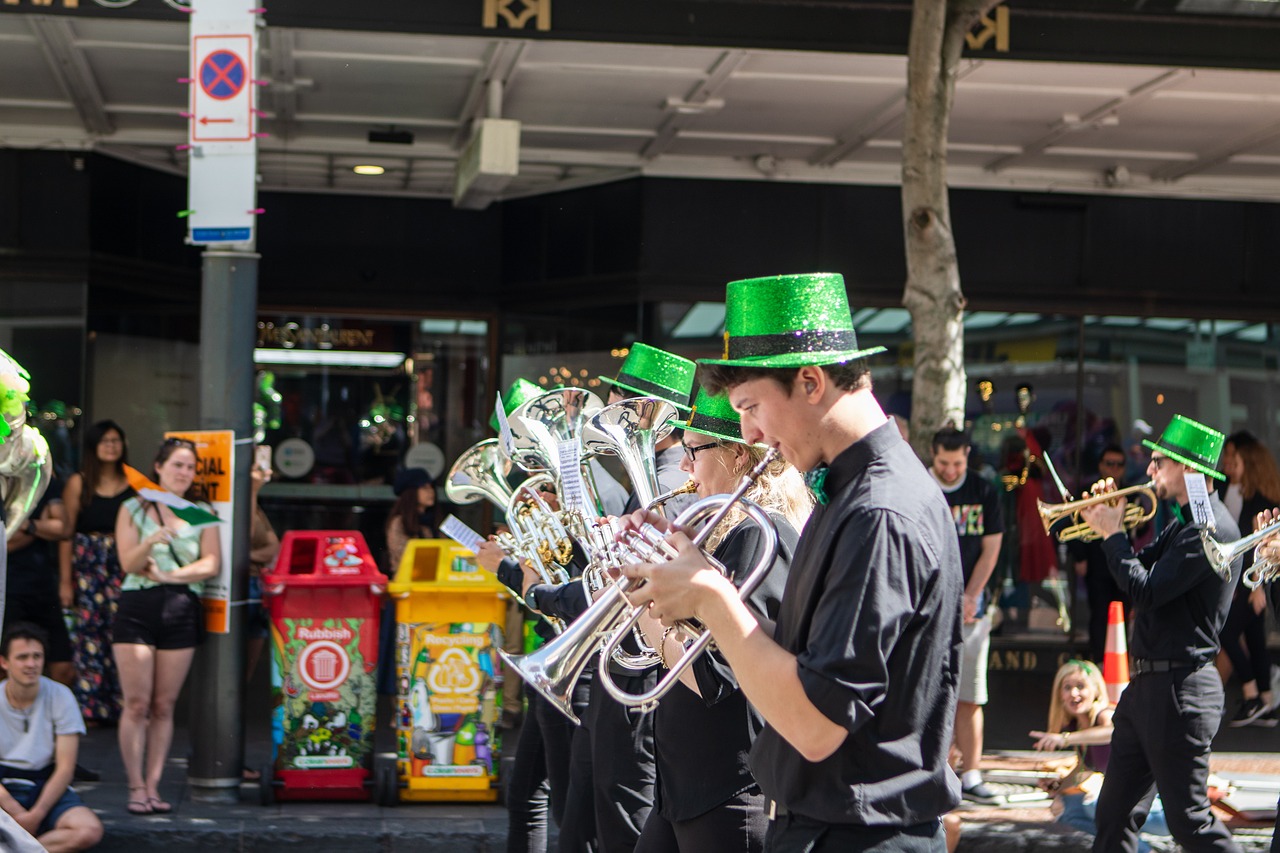
Manannan mac Lir stands out as a key maritime deity in Irish mythology and folklore. Known for his chariot gliding over the waves, his connection to horses, and his famous cloak of invisibility, he is the guardian of the otherworld and the afterlife, drawing parallels to the ancient Greek gods Poseidon and Hades. Furthermore, Manannán…
-
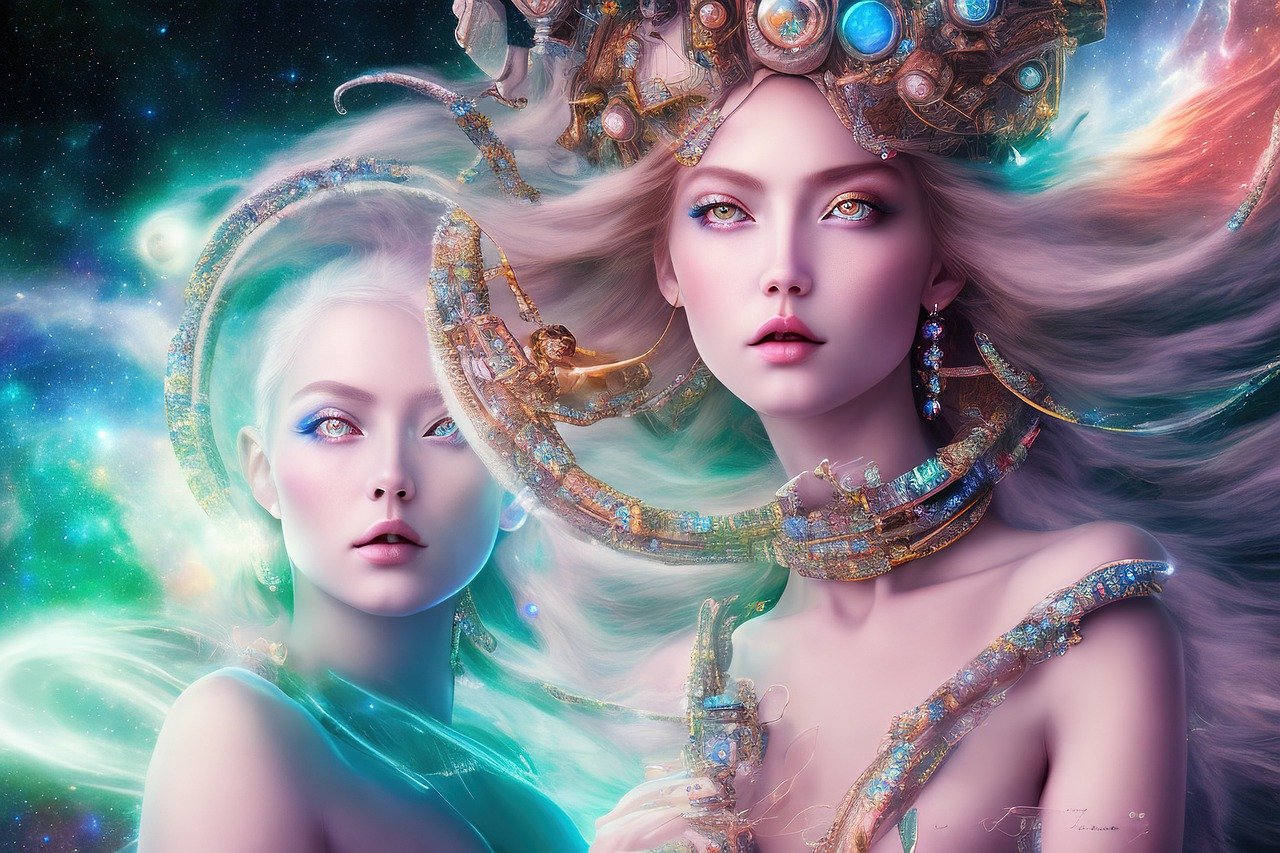
Overview Juno, known as Iuno in Latin, holds the esteemed position of being the queen of the Roman pantheon and the spouse of Jupiter, the king among gods. As a protector of women, particularly emphasizing their societal roles related to marriage and motherhood, Juno’s character and symbolism have significant connections to the Greek goddess Hera.…
-
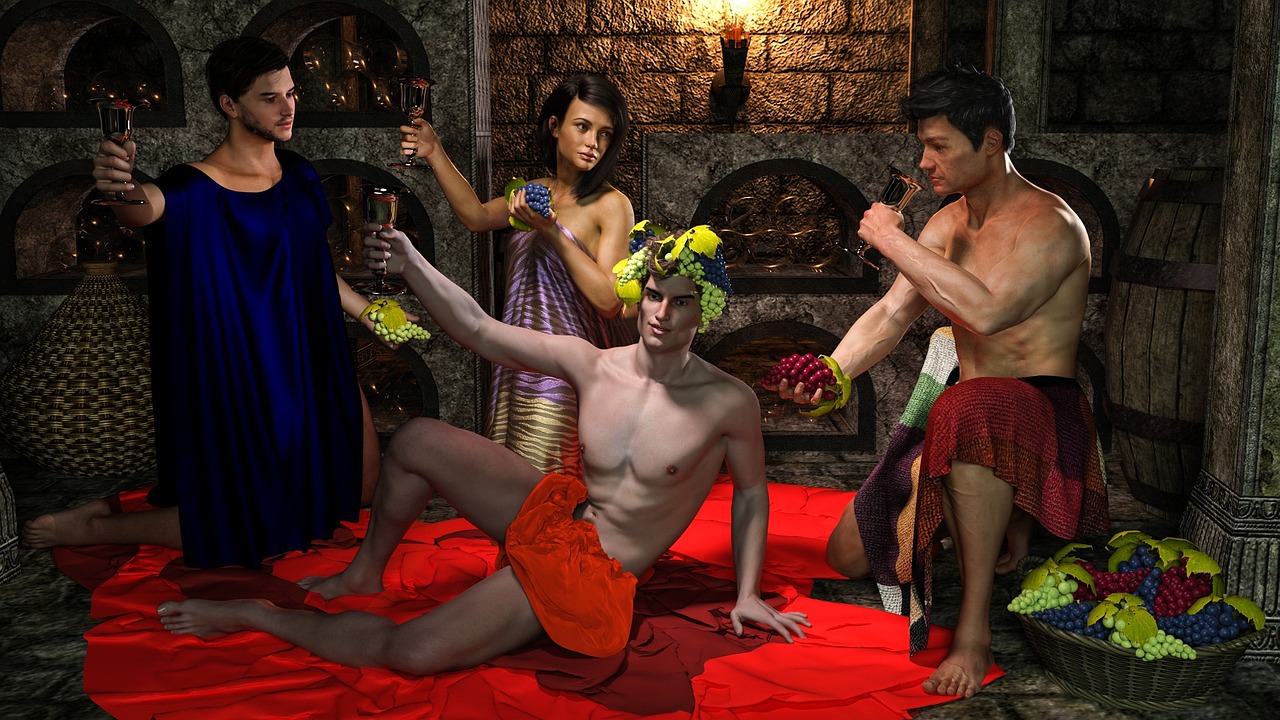
The figure of Bacchus holds a prominent place in mythology as the Roman deity of wine, agriculture, fertility, and festivity. As part of the Roman pantheon, Bacchus, also recognized as Liber Pater, embodies a blend of the beliefs surrounding both Roman and Greek traditions, making it complex to disentangle the narratives and attributes of Bacchus…
-
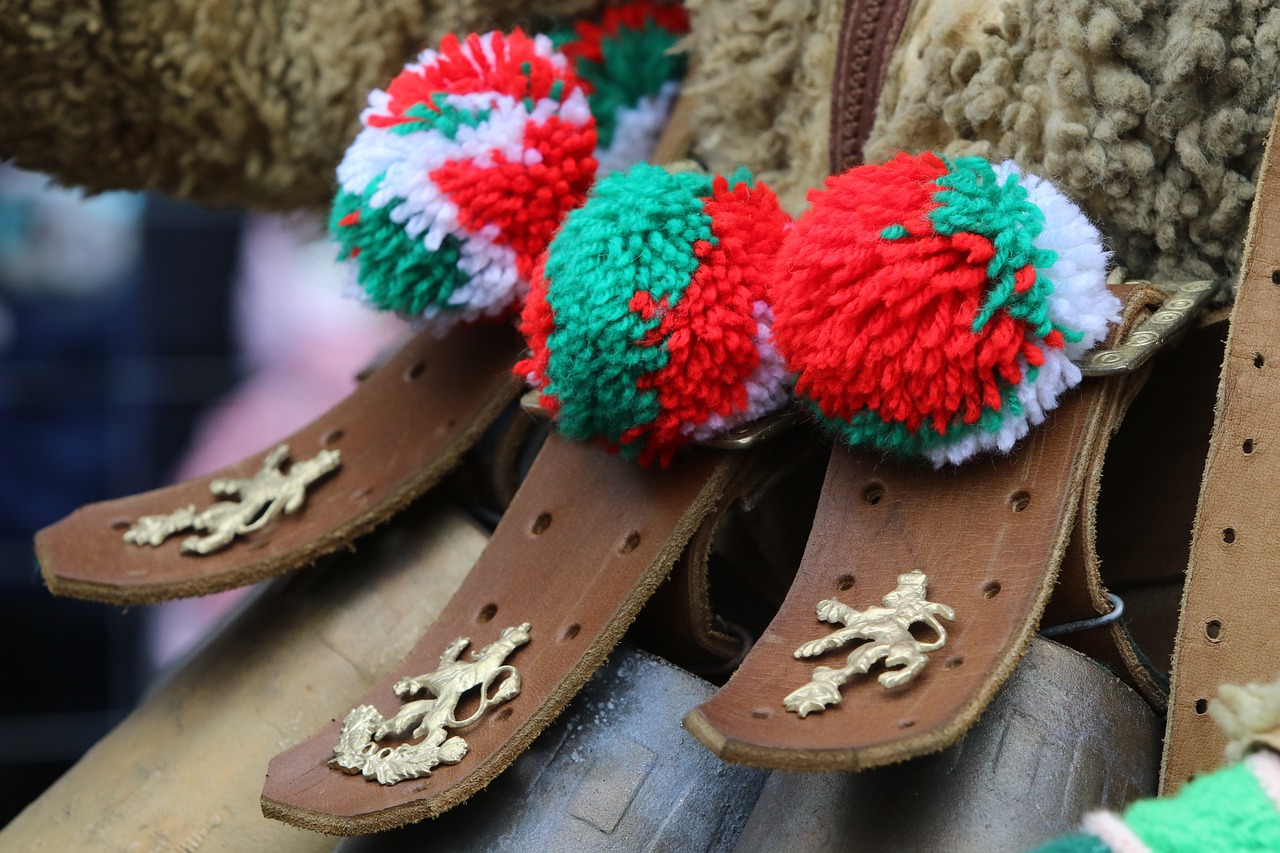
Dionysus: The God of Wine and Ecstasy Dionysus, also known as Bacchus or Liber, stands as the Olympian deity embodying wine, vegetation, joy, revelry, madness, and unrestrained ecstasy. In classical arts, he is typically illustrated either as an older bearded figure or as a youthful, almost androgynous young man. His defining symbols encompass the thyrsos—…
-
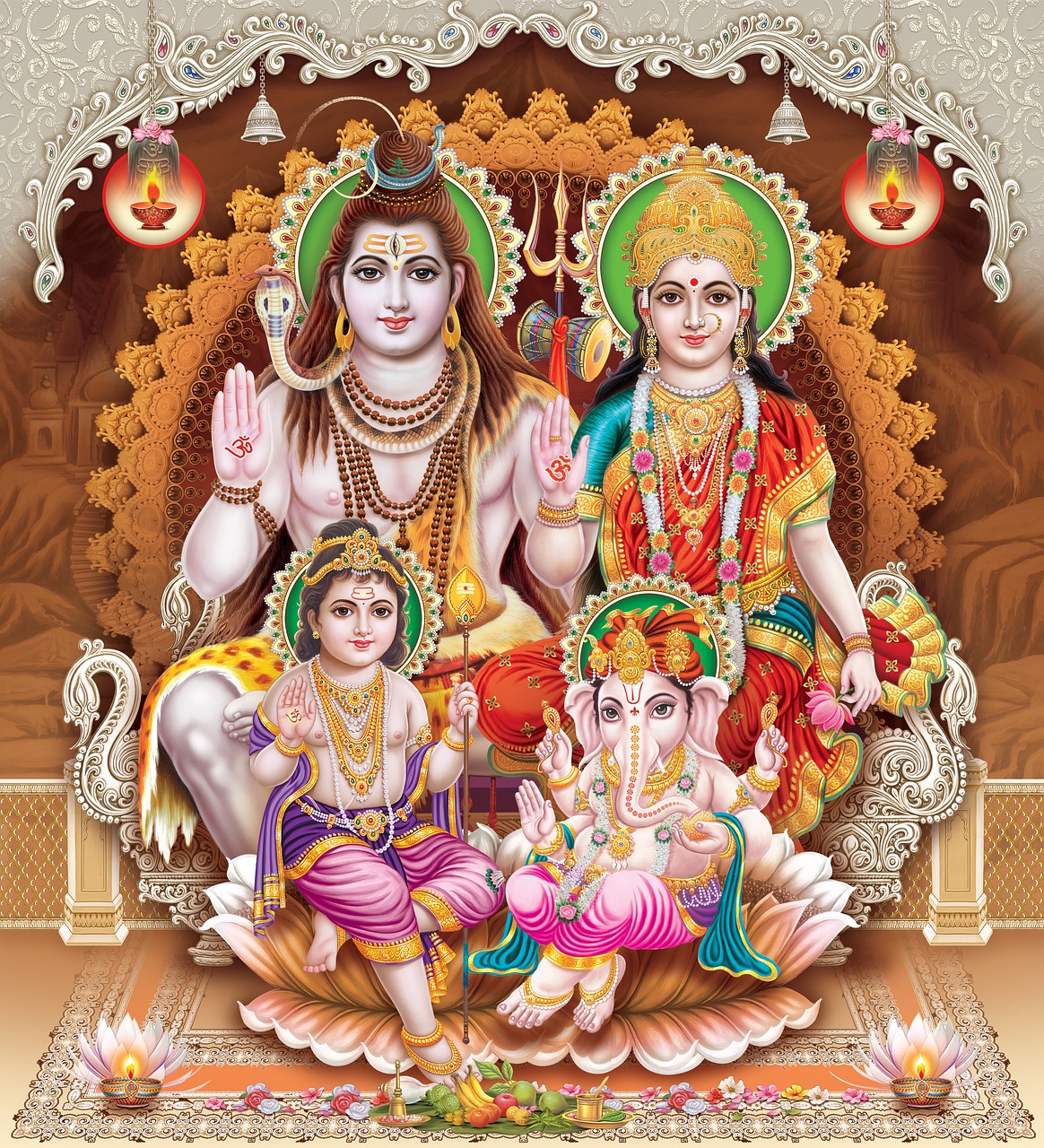
Greek mythology encompasses an extensive array of narratives involving deities, heroes, and ancient rituals, originating from the Greek civilization and extending through Classical antiquity. Although some philosophers, such as Plato from the 5th–4th century BCE, acknowledged that these myths contained imaginative elements, the general populace regarded them as authentic accounts, deeply embedded in their cultural…
-
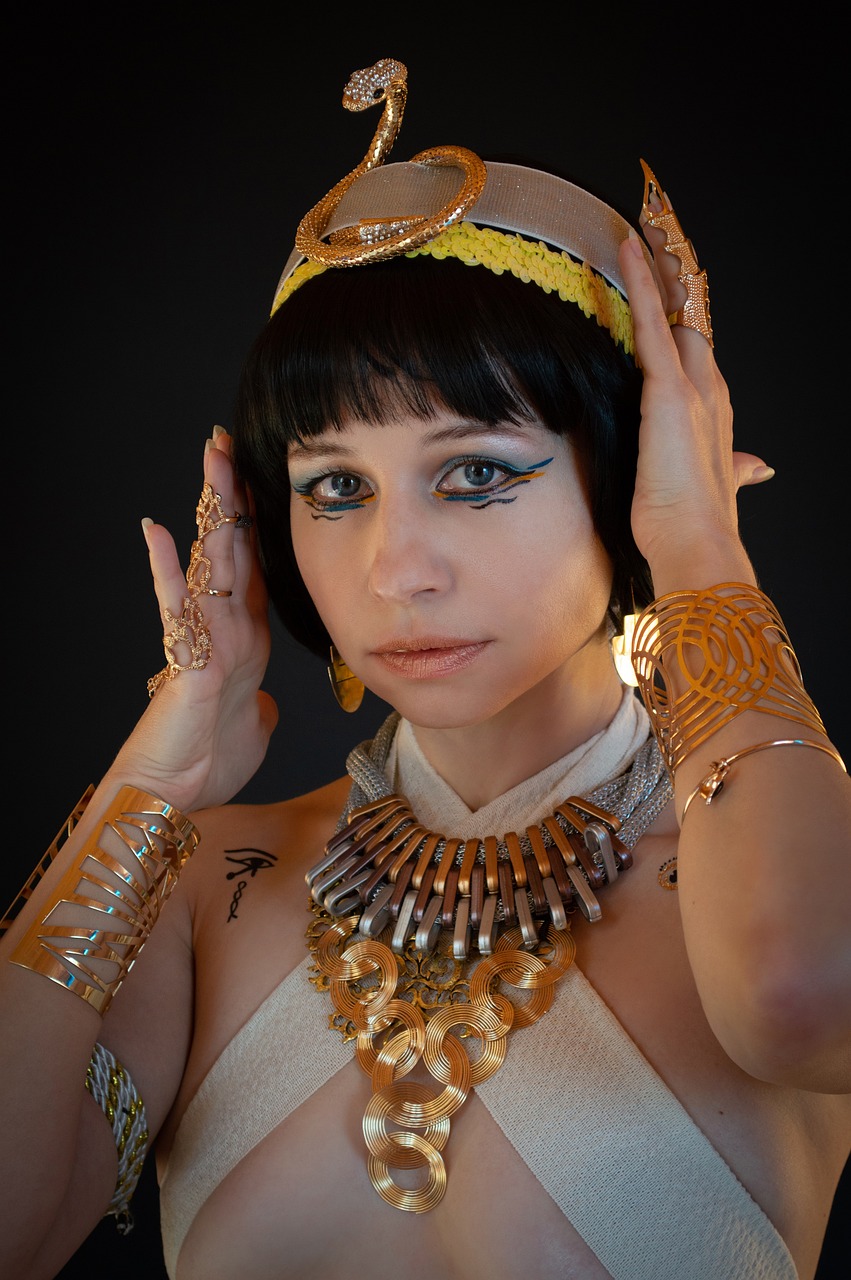
Overview of Ancient Egyptian Religion Ancient Egyptian religion embodies the indigenous beliefs that prevailed in Egypt from its earliest days in the 4th millennium BCE until the drop of traditional practices in the early centuries CE. The correlation of religious beliefs and practices with the societal structure during its historical development—especially from around 3000 BCE—was…
-

Nike: The Winged Goddess of Victory Nike, or Nicé in some texts, embodies the concept of victory—both in combat and during competitions of a peaceful nature. During the tumultuous era of the Titan War, she became an essential ally for Zeus after Styx presented her alongside her siblings: Zelos (Rivalry), Kratos (Strength), and Bia (Force).…
-
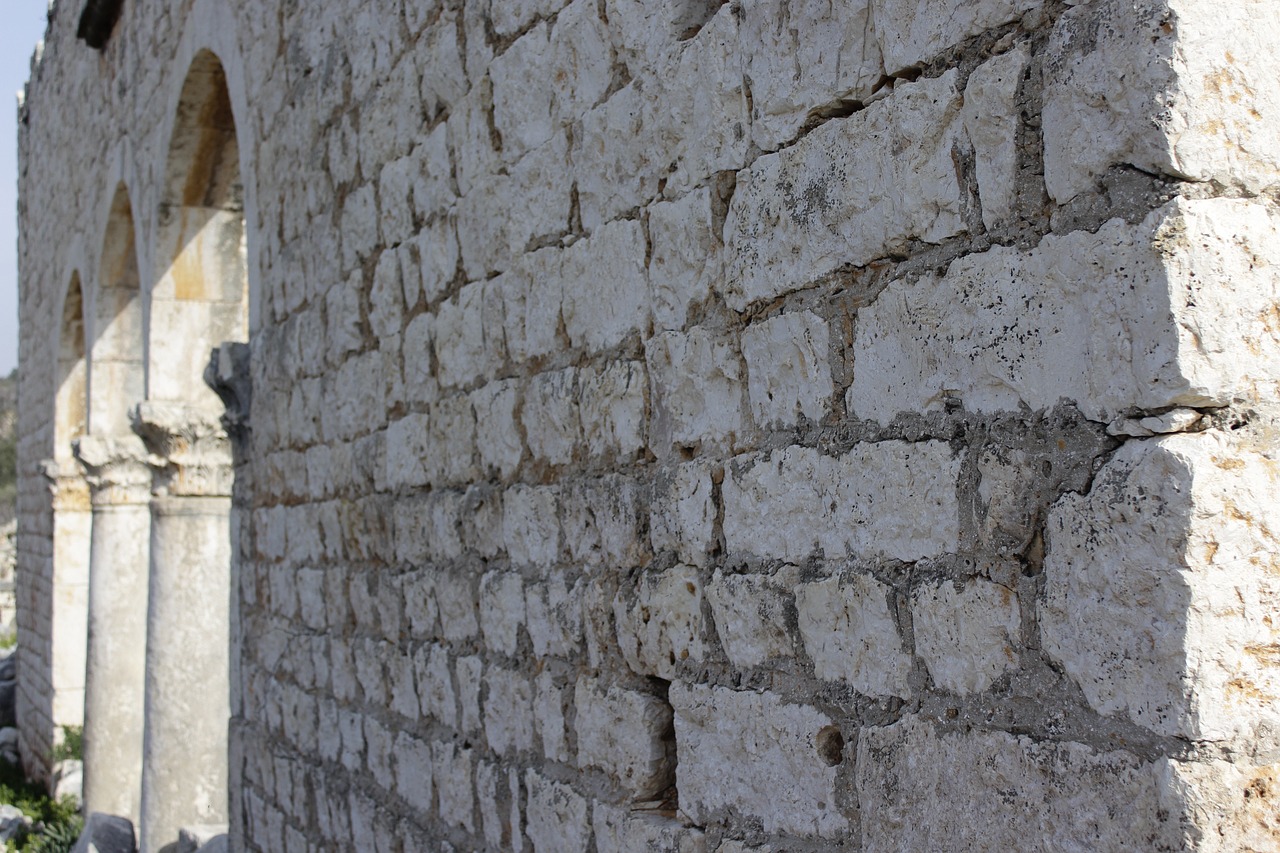
The Legacy of Zeus in Greek Mythology Zeus, the principal figure in ancient Greek mythology, is acknowledged as the supreme god of the pantheon, embodying the forces of the sky and weather, akin to the Roman deity Jupiter. His name possibly derives from Dyaus, the sky god from the ancient Hindu text, the Rigveda. Revered…


